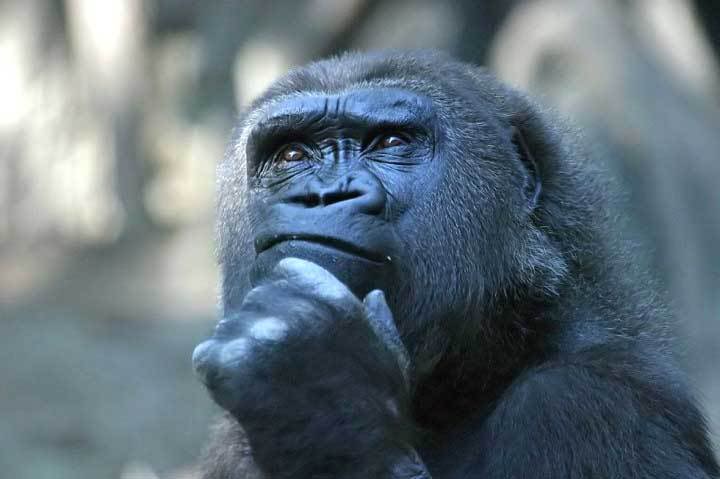Simon Black –
In recent years we have started talking about the suitability of systems thinking in relation to conservation management. The approach is non-hierarchical (so is not reliant on a political or cultural norm) – it is a way of managing that cuts through the necessity of a hierarchy. If you do have hierarchical leaders, they just need to start asking different questions. Systems thinking (e.g. the team are a system, they operate in a work system, the organisation is part of a larger system) clearly fits with the notion of ecosystems and complexity which is at the core of conservation.
Knowledge is at the core of systems thinking, optimisation of the system is critical and anything which undermines this is to be avoided. Simplicity of intervention is paramount, and taking different approaches to managing ‘exceptions’ and ‘the norm’ is importnat.
Many of these things are obvious but the ways in which we tackle them ARE OFTEN COUNTER-INTUITIVE. For example:
- to increase motivation do not attempt to ‘motivate’ people,
- incentives do not incentivise what we want to be done,
- re-training is not the best way to improve worker capability,
- standardisation of work causes increased failure,
- targets are counterproductive,
- a focus on cost reduction will not reduce costs,The list goes on…
Some principles of system thinking include:
- Managing improvement is about understanding predictability of the system. Predictability is based on an understanding of either:
(i) data over time or (ii) cause and effect. - The start point in working in a complex environment is to study it (not plan) and to understand how it currently supports the conservation purpose, and how (through flow of processes and systems). If the purpose of the system is understood, then measures to examine the system can be put in place and then methods for improving the system versus measures and purpose can be experimented with, thereby further informing the understanding of the system.
- When you want to make a change the only plan you need is how to study the system – all the work thereafter follows. In ecosystems we are unlikely to know all of the complexity of processes, but by continual experimentation and learning we understand what has a positive impact (and what does not) for the species of concern.
- The ‘demand’ (defined as species and ecosystems’ needs including threats) is the biggest lever for change – so it must be understood. It can be understood by the people doing the work (or affecting the system) only through their study of and understanding of the realities and patterns of those demands.
- An understanding of ‘demand’ drives the leader to consider which bits of the system need to be learned about and for which improvement could be focused.
- Cooperation is a consequence of the design of the work system – the system governs people’s behaviours, not the other way around. This is important in working with teams, communities, businesses.
Note that the only standardisation that occurs in this approach is to develop measures of purpose. All else needs to developed in the context of the species and ecosystems of concern. With the measures in place, all work will follow the measures to drive improvement.
Reading
Black, S.A. (2015) A Clear Purpose is the Start Point for Conservation Leadership. Conservation Letters. DOI: 10.1111/conl.12203
Scholtes, P. R. (1998) The Leader’s Handbook: A guide to inspiring your people and managing the daily workflow, New York: McGraw-Hill

 Throughout our lives we are educated to make rational decisions. What are the costs, what are the benefits, what are the impacts, what is possible? These are relatively easy elements to learn. Unfortunately our experience tells us that things don’t always work out as planned.
Throughout our lives we are educated to make rational decisions. What are the costs, what are the benefits, what are the impacts, what is possible? These are relatively easy elements to learn. Unfortunately our experience tells us that things don’t always work out as planned.